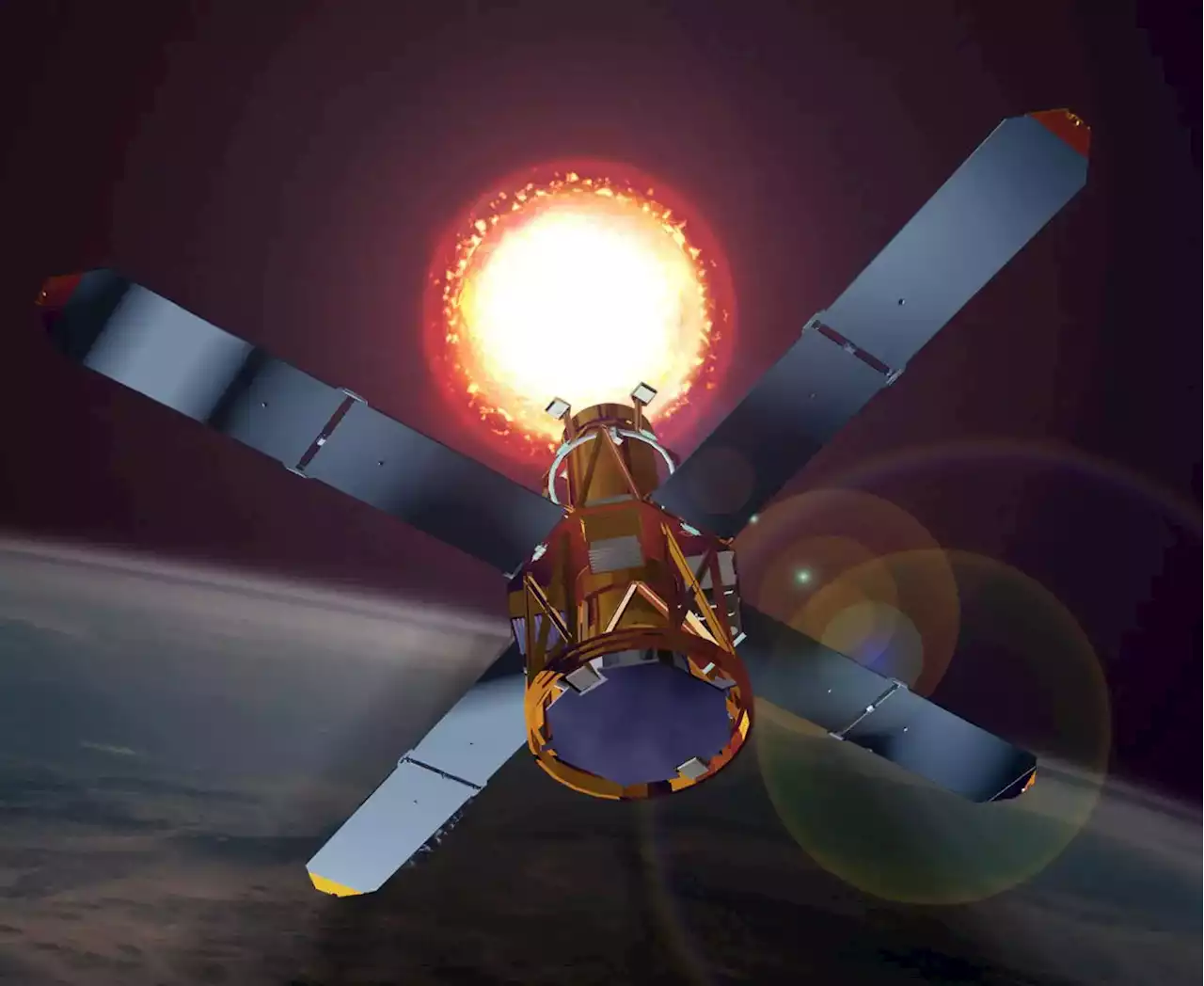NASA Retired Solar Energy Imager Spacecraft to Reenter Atmosphere NASA's retired Reuven Ramaty High Energy Solar Spectroscopic Imager (RHESSI) spacecraft is predicted to reenter Earth's atmosphere on April 19, with an uncertainty of +/- 16 hours. Launched in 2002, RHESSI observed solar flares and c
NASA’s retired RHESSI spacecraft, which observed solar flares and coronal mass ejections, is expected to reenter Earth’s atmosphere on April 19. The risk of harm to anyone on Earth is low. RHESSI’s 16-year mission contributed valuable data on solar flare physics and made discoveries about the Sun’s shape and terrestrial gamma-ray flashes.
An artist’s representation of RHESSI. Flying up above Earth’s radiation-blocking atmosphere, RHESSI could observe X-rays and gamma rays from solar flares. Credit: NASA Reuven Ramaty High Energy Solar Spectroscopic Imager explored the basic physics of particle acceleration and explosive energy release in solar flares. RHESSI imaged solar flares by capturing energetic photons from x-rays to gamma rays; RHESSI also performed spectroscopy on these captured particles. Credit: NASA
After 16 years of operations, NASA decommissioned RHESSI in 2018 due to communications difficulties with the spacecraft. RHESSI was a NASA Small Explorers mission, managed and operated by the agency’sFebruary 5, 2002: RHESSI spacecraft launched aboard an Orbital Sciences Corporation Pegasus XL rocket. The mission aimed to provide high-resolution imaging of solar flares in X-rays and gamma rays.
RHESSI made discoveries unrelated to flares, such as improving measurements of the Sun’s shape, which is essential for understanding the behavior of the solar atmosphere and the physics of the Sun’s magnetic field. The spacecraft also found that terrestrial gamma-ray flashes—bursts of gamma rays emitted from Earth’s atmosphere over lightning storms—are more common than previously thought, providing insights into the interaction between Earth’s atmosphere and charged particles.
United States Latest News, United States Headlines
Similar News:You can also read news stories similar to this one that we have collected from other news sources.
 Solar installers are busy working to beat new solar rulesCalifornians still considering installing rooftop solar panels will earn less for the electricity they generate. New rules go into effect Friday. When state regulators made the rule changes in December, it sparked a rush to install new systems.
Solar installers are busy working to beat new solar rulesCalifornians still considering installing rooftop solar panels will earn less for the electricity they generate. New rules go into effect Friday. When state regulators made the rule changes in December, it sparked a rush to install new systems.
Read more »
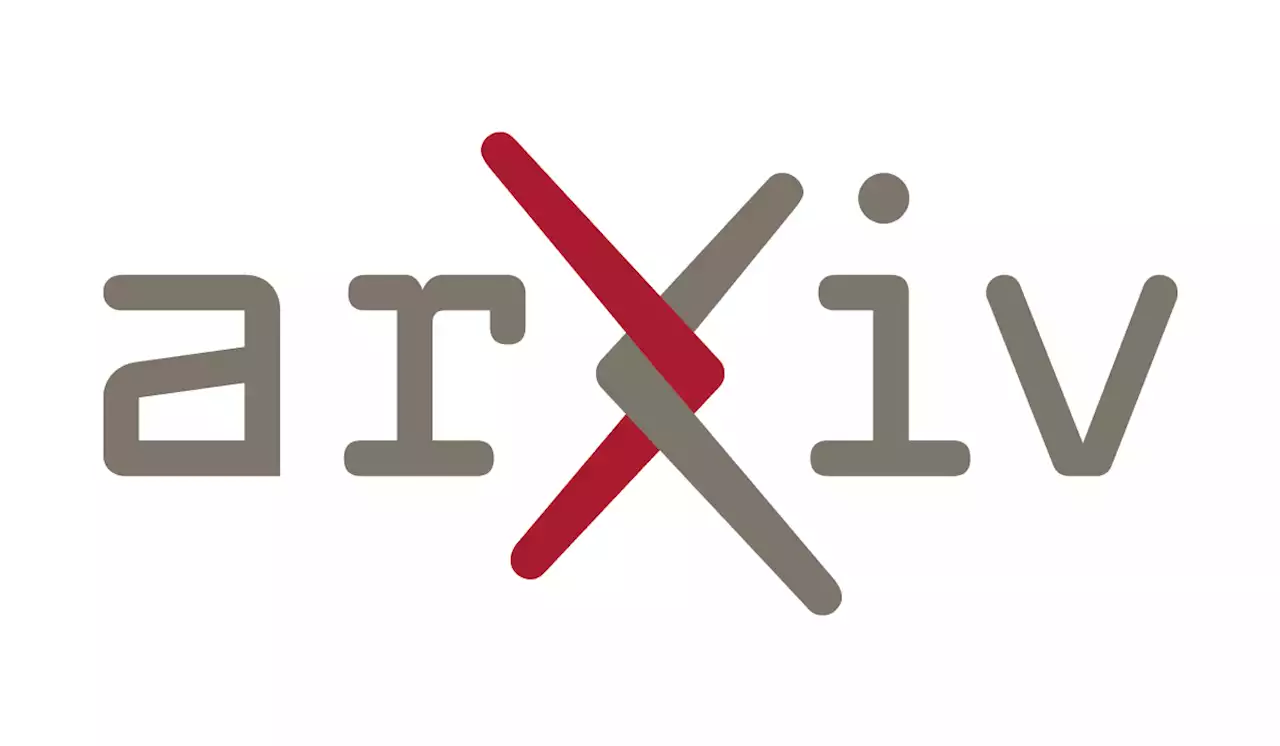 Science opportunities with solar sailing smallsatsRecently, we witnessed how the synergy of small satellite technology and solar sailing propulsion enables new missions. Together, small satellites with lightweight instruments and solar sails offer affordable access to deep regions of the solar system, also making it possible to realize hard-to-reach trajectories that are not constrained to the ecliptic plane. Combining these two technologies can drastically reduce travel times within the solar system, while delivering robust science. With solar sailing propulsion capable of reaching the velocities of ~5-10 AU/yr, missions using a rideshare launch may reach the Jovian system in two years, Saturn in three. The same technologies could allow reaching solar polar orbits in less than two years. Fast, cost-effective, and maneuverable sailcraft that may travel outside the ecliptic plane open new opportunities for affordable solar system exploration, with great promise for heliophysics, planetary science, and astrophysics. Such missions could be modularized to reach different destinations with different sets of instruments. Benefiting from this progress, we present the 'Sundiver' concept, offering novel possibilities for the science community. We discuss some of the key technologies, the current design of the Sundiver sailcraft vehicle and innovative instruments, along with unique science opportunities that these technologies enable, especially as this exploration paradigm evolves. We formulate policy recommendations to allow national space agencies, industry, and other stakeholders to establish a strong scientific, programmatic, and commercial focus, enrich and deepen the space enterprise and broaden its advocacy base by including the Sundiver paradigm as a part of broader space exploration efforts.
Science opportunities with solar sailing smallsatsRecently, we witnessed how the synergy of small satellite technology and solar sailing propulsion enables new missions. Together, small satellites with lightweight instruments and solar sails offer affordable access to deep regions of the solar system, also making it possible to realize hard-to-reach trajectories that are not constrained to the ecliptic plane. Combining these two technologies can drastically reduce travel times within the solar system, while delivering robust science. With solar sailing propulsion capable of reaching the velocities of ~5-10 AU/yr, missions using a rideshare launch may reach the Jovian system in two years, Saturn in three. The same technologies could allow reaching solar polar orbits in less than two years. Fast, cost-effective, and maneuverable sailcraft that may travel outside the ecliptic plane open new opportunities for affordable solar system exploration, with great promise for heliophysics, planetary science, and astrophysics. Such missions could be modularized to reach different destinations with different sets of instruments. Benefiting from this progress, we present the 'Sundiver' concept, offering novel possibilities for the science community. We discuss some of the key technologies, the current design of the Sundiver sailcraft vehicle and innovative instruments, along with unique science opportunities that these technologies enable, especially as this exploration paradigm evolves. We formulate policy recommendations to allow national space agencies, industry, and other stakeholders to establish a strong scientific, programmatic, and commercial focus, enrich and deepen the space enterprise and broaden its advocacy base by including the Sundiver paradigm as a part of broader space exploration efforts.
Read more »
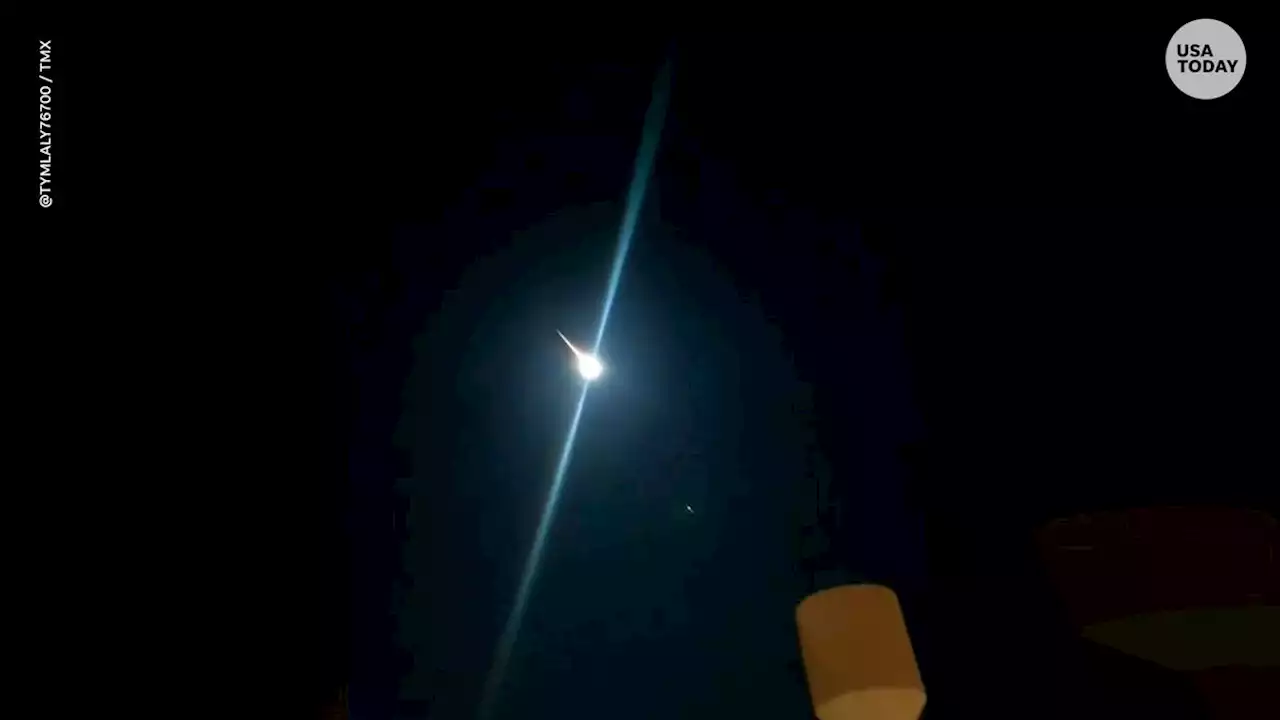 Doordash driver's dashcam video shows ' fireball' illuminate night sky in port st. lucieA 'fireball' is a magnitude -4 meteor, which is about as bright as the planet Venus in the morning or evening sky. Did you see this one fall?
Doordash driver's dashcam video shows ' fireball' illuminate night sky in port st. lucieA 'fireball' is a magnitude -4 meteor, which is about as bright as the planet Venus in the morning or evening sky. Did you see this one fall?
Read more »
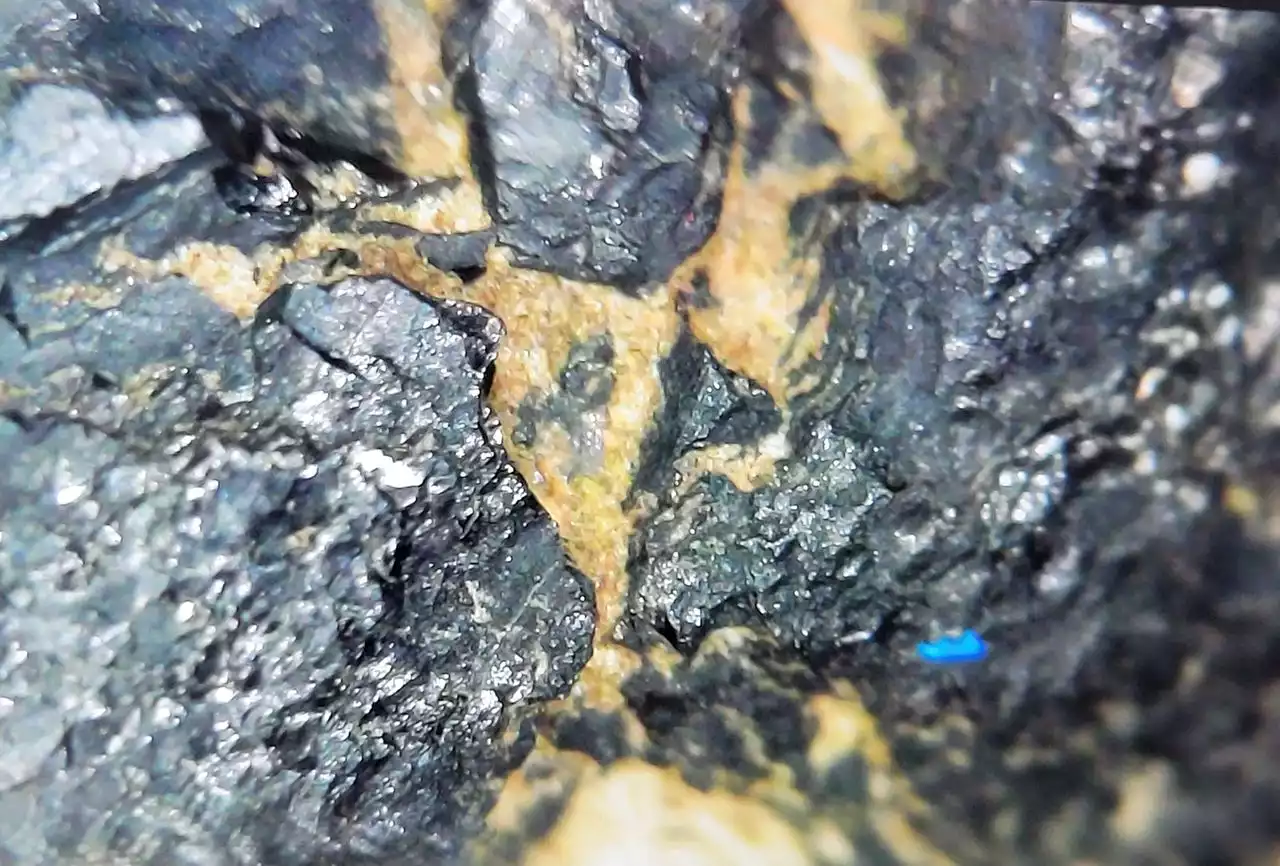 $25,000 reward offered for meteorite from daytime fireballA fireball was reported April 8 in Washington County, Maine. It was spotted streaking across the sky during the day and, according to the museum, NASA spotted possible meteorite fragments and locations through its Doppler radar.
$25,000 reward offered for meteorite from daytime fireballA fireball was reported April 8 in Washington County, Maine. It was spotted streaking across the sky during the day and, according to the museum, NASA spotted possible meteorite fragments and locations through its Doppler radar.
Read more »
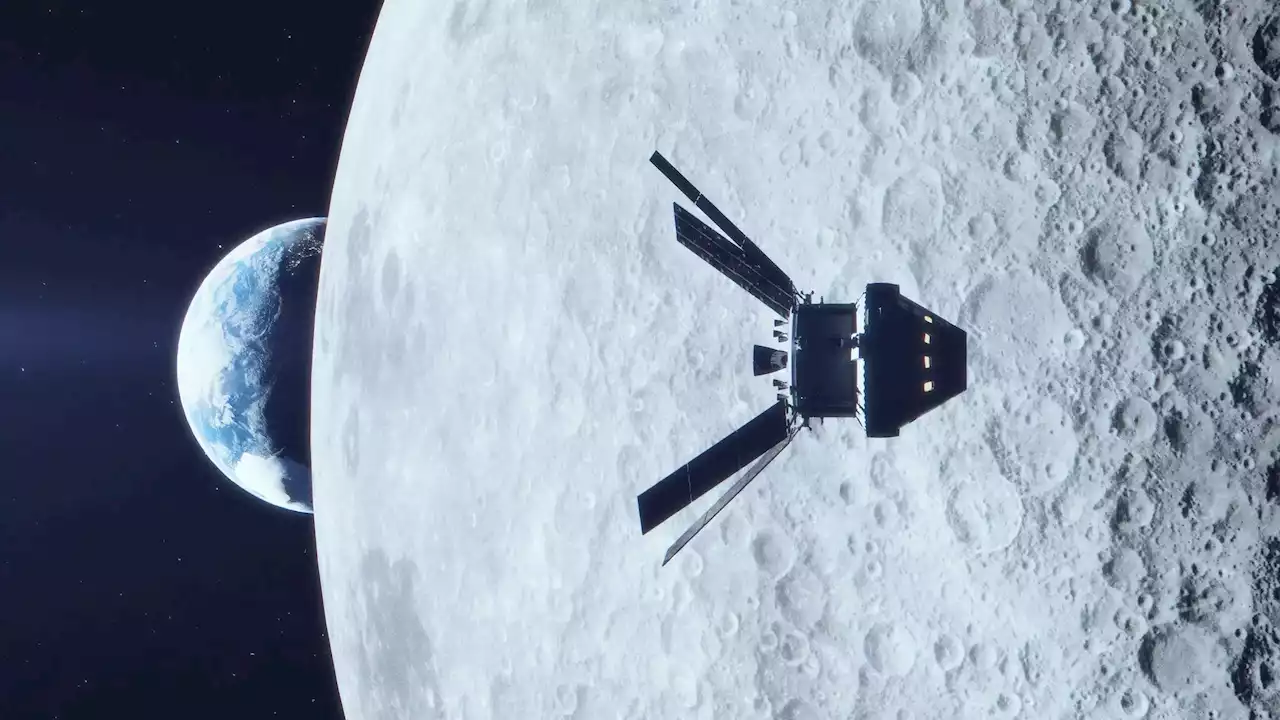 Orion Flexes Its Solar Muscles: Prepping for the First Crewed Artemis AdventureTechnicians at NASA's Kennedy Space Center tested Orion's solar array wing for the Artemis II mission, ensuring proper function for the spacecraft's propulsion, thermal control, and electrical power. The Artemis II mission aims to validate human deep space capabilities with a 10-day lunar flight tes
Orion Flexes Its Solar Muscles: Prepping for the First Crewed Artemis AdventureTechnicians at NASA's Kennedy Space Center tested Orion's solar array wing for the Artemis II mission, ensuring proper function for the spacecraft's propulsion, thermal control, and electrical power. The Artemis II mission aims to validate human deep space capabilities with a 10-day lunar flight tes
Read more »
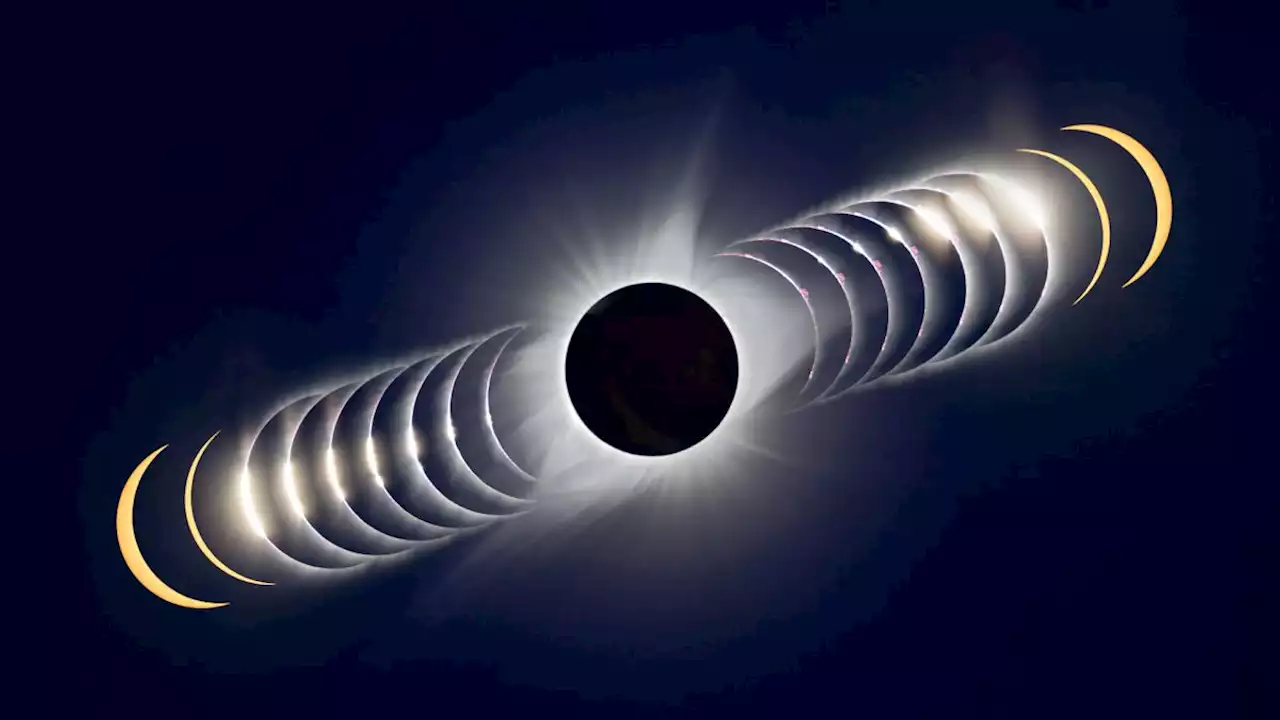 A rare hybrid solar eclipse occurs on April 20. Here's how to watch it online for free.Hybrid solar eclipses happen just a few times per century on average.
A rare hybrid solar eclipse occurs on April 20. Here's how to watch it online for free.Hybrid solar eclipses happen just a few times per century on average.
Read more »
